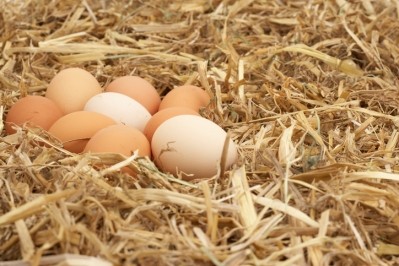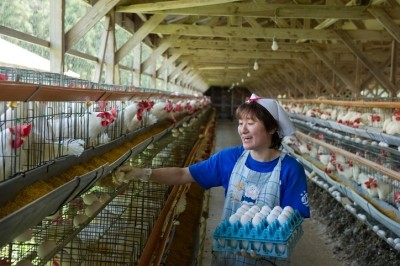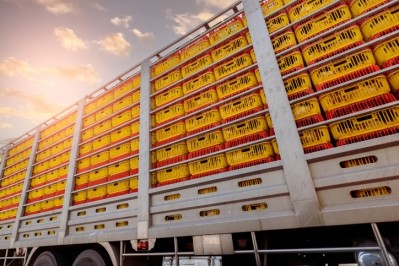Eggflation explained: Top 6 issues causing high egg prices
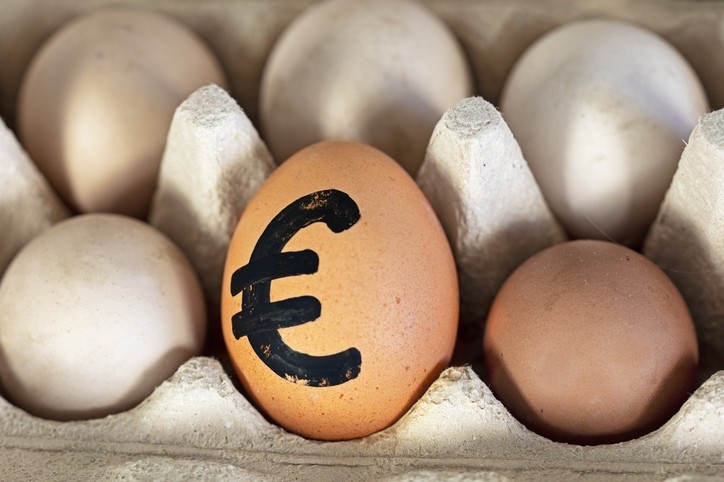
Rabobank’s global egg price index reached a new record in Q1 2023, with it now peaking above 250, which means prices are 2.5 times higher than 2007, the reference year. Global egg prices have increased more than 100% since this time last year, reported the bank.
Prices in the US and EU increased by 155% and 62%, respectively, between early 2022 and early 2023, while egg prices in Japan reached their highest level since 2003 in March this year.
Prices in many other markets have reached historic highs as well, including in Thailand, the Philippines, Israel, New Zealand, Nigeria, Kenya, Brazil, Mexico, and Argentina.
Eggflation explained
Rabobank outlines the factors behind eggflation:
1. Upward movements in feed costs: Feed represents 60% to 70% of a layer farmer’s costs. Any change – and especially any uncertainty – surrounding feed costs affects egg prices. Global feed prices doubled between mid-2020 and mid-2022. This has had a significant impact on the egg industry, as it has been difficult for producers to pass on these higher costs to customers.
2. The impact of avian influenza outbreaks: AI pressure has been extremely high over the past two years. In the US, more than 40m layers were depopulated during 2022. In Japan, more than 15m layers have been affected, and in Europe the laying hen flock is down by 3% to 5%.
3. The aftermath of COVID-19 market disruptions. Many operations scaled down after COVID-19 measures restricted people’s movement, which highly impacted demand.
4. Regulations: New production restrictions like a ban on male chick culling in Germany or the ban on conventional cages in New Zealand have had a substantial impact on the market, the NZ development leading to a 5%-to-12% drop in laying hens in that country.
5. Changing consumer behavior: Pressure on consumer spending power due to low economic growth and high inflation during the economic downturn has seen consumers trading down and looking for cheaper protein sources, lifting demand for eggs.
6. Tight supply caused by uncertainty: Producers are experiencing a lot of uncertainty. Restocking hens on a farm represents a commitment of more than one year of production. This has become riskier, as many buyers do not want to offer volume and price contracts to offset producers’ risks. As a result, the lower number of hens restocked by farmers has led to low supply in many markets.
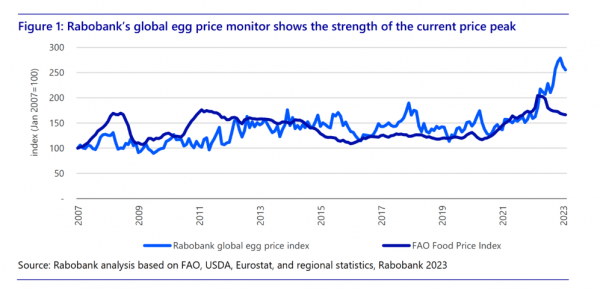
Prices to stay high for the near future
Rabobank expect prices to stay high throughout 2023 especially in markets heavily impacted by avian flu, inflated costs, and regulatory changes.
In other markets there will be some drop in prices, but not to pre-2021 levels, as lingering high input costs are keeping prices higher.
What is needed, said the analysts, is greater commitment from buyers to offset farmers’ high production risks. Another strategy recommended by Rabobank to cool prices is to better control avian flu in heavily affected countries.
